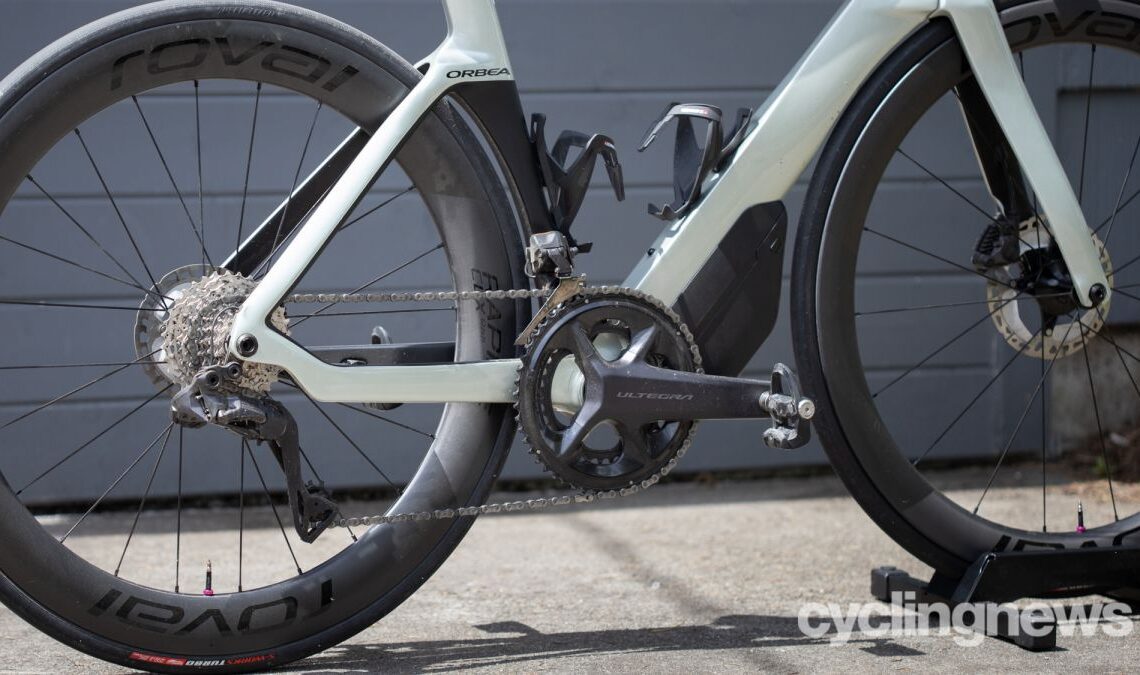This summer has seen the release of three major wheel product categories from three world-class manufacturers: CADEX, Roval, and Enve all came to market with new wheel lineups offering a range of options. They are all brands we’ve covered extensively; the previous generation of Roval and CADEX wheels are currently in our best road bike wheels buyers guide and we’ve also had the chance to bring you full reviews covering this generation of the Enve SES 4.5 and Roval Rapide CLX II wheels. We will also be bringing you a full review of the latest CADEX 50 Ultra Disc Wheelsystem but it’s brand new, so for now you can find details in our news piece.
As we’ve spent time with the new products from these three companies, we’ve chosen to pit them head to head against each other. As technology currently stands, this is the best all-around depth. There are options to go deeper, or lighter, with other options from these brands but if you can only buy one set of wheels, most people will be best served with something around 50mm deep. It’s all about the balance of weight vs aero performance and right now, 50mm is the sweet spot.
With each manufacturer telling you their wheels are the best, with numbers to back it up, how do you choose? The performance differences between similar high end wheels are pretty small, as borne out by our wind tunnel testing, so is there anything beyond specs to consider? Can a wheelset have a personality?
Roval Rapide CLX II – the pro tour race wheel
These were the first wheels to come to market this summer and they were hotly anticipated. The previous generation had gone through a very public ‘are they or are they not tubeless compatible’ discussion. Roval had suddenly changed directions and stated that their Rapide CLX, without tubeless technology, were the fastest they’d ever been. Adding to the confusion, the wheels sure looked like they were tubeless compatible and lots of people ran them that way without issues. With the release of the Roval Rapide CLX II, the brand wanted to tell a very clear story about what had happened.
Of course, we ran through all of this in our deep dive review but it’s relevant here as well. The reason that the previous generation weren’t officially tubeless is that just before they went to market, they failed in testing. Peter Sagan jumped a curb, missed, and the failure wasn’t deemed a safe failure mode. That generation was faster, even with tubes, than the wheels that came…
Click Here to Read the Full Original Article at CyclingNews RSS Feed…

